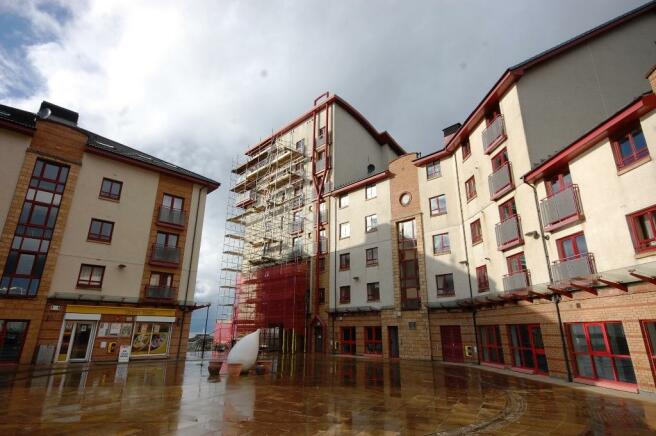Expressive arts
Experiences and outcomes
Experiences in the expressive arts involve creating and presenting and are practical and experiential. Evaluating and appreciating are used to enhance enjoyment and develop knowledge and understanding.
My learning in, through and about the expressive arts:
-
enables me to experience the inspiration and power of the arts
-
recognises and nurtures my creative and aesthetic talents
-
allows me to develop skills and techniques that are relevant to specific art forms and across the four capacities
-
provides opportunities for me to deepen my understanding of culture in Scotland and the wider world
is enhanced and enriched through partnerships with professional arts companies, creative adults and cultural organisations.
(Education Scotland, 2009)
Creativity and utilizing expressive arts is beneficial to a child as it is relevant across a range of learning, be it in imaginative play and mark-making in the early years to solving disputes in later life (Duffy, 2006).
Expressive arts in the curriculum is used to help enhance, accompany and enhance the child’s learning. Some topics and concepts can be hard to learn from a teacher explaining it theoretically and not experienced which is where drama, art, music and dance can step in and take the lead. Creativity and the arts has been associated with benefits in subjects such as Maths and English (Smith, 2009) as well as being a central role in cognitive development; it is through symbolic representation that children require the facility for abstract thought (Duffy, 2006). As well as this, children learn in all different ways: kinetically, visually and auditory and exercising their understanding in the arts can compliment their preferred way of learning. Experimenting with different forms of art in traditional and unorthodox ways allows for the learner to practice and discover any talents they may have and further their understanding of the world around them as art can be found everywhere and is no longer reserved to the upper classes of society to appreciate. Having the opportunity to exercise creativity from the early years allows for the learner to develop and nurture their creative talents and acknowledge where their talents can take them.

